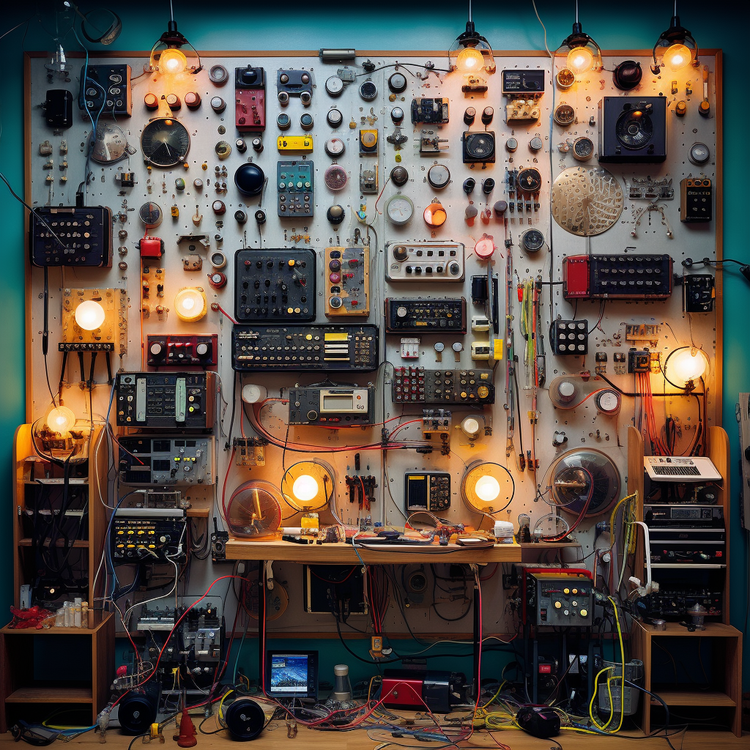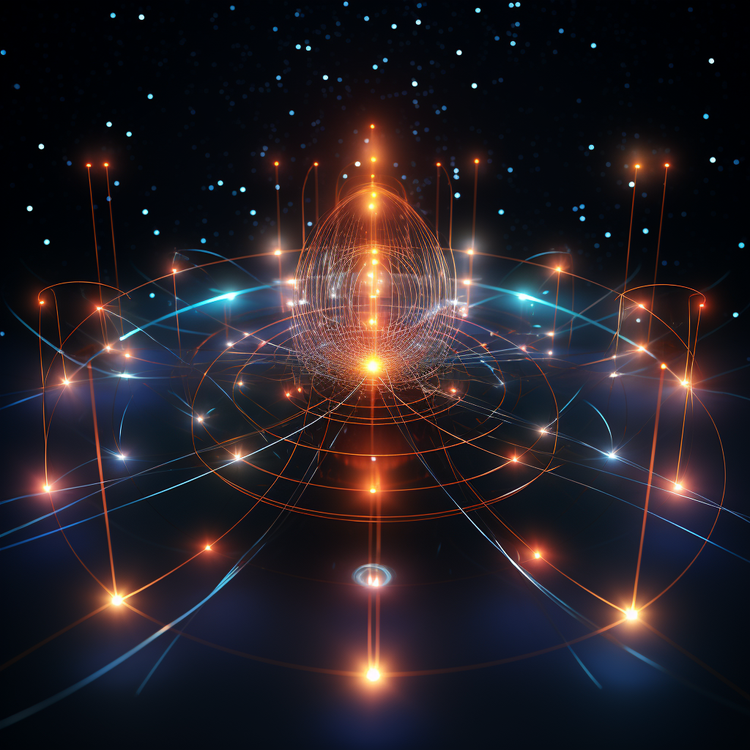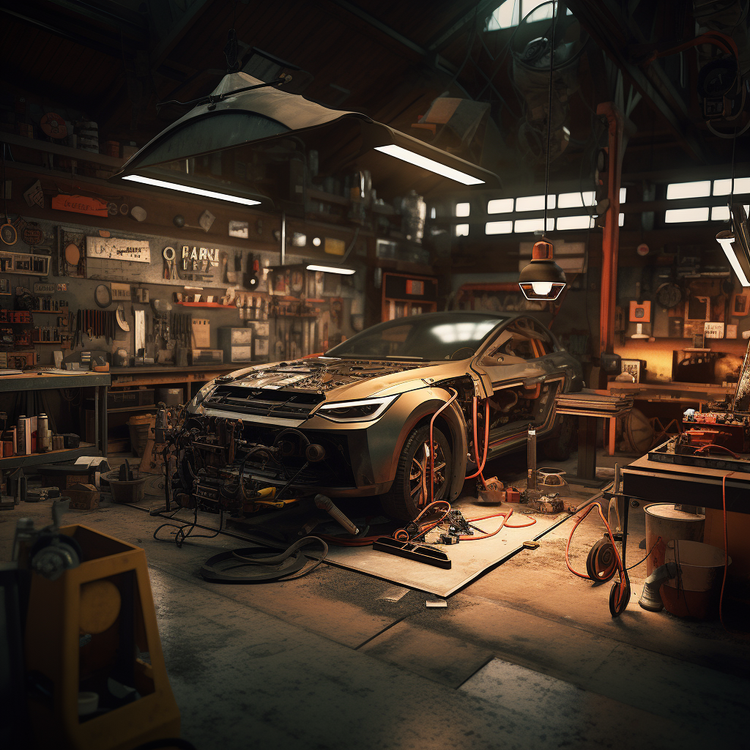Why should I Switch to LED or Fluorescent Lights?

I'm going to brag for a second. My electricity bill was about $50.00 per month when I lived in South Carolina.
Seriously?
Yeah. Seriously. Whenever an electrical engineer gets to design their own house, some awesome things happen. One decision I made was to use entirely LED or fluorescent lighting in every room of the house. It was something of an investment but I ran the numbers and figured out that the energy savings would pay for the up-front cost within 6 months. Also, LED bulbs create very little heat which is both efficient and fair for reducing cooling costs. I much prefer LED lighting to florescent as it tends to look better, last longer, and cost less to operate. There is not a single incandescent bulb in my house.
Let's talk science for a minute since this is an educational blog. How does an LED work? It's both really simple and really complicated at the same time. They work in a manner almost identical to regular incandescent light bulbs. However, they use a completely different physical phenomenon to do it! Light bulbs work by passing a current through a material resulting in it heating up until incandescence is achieved. That means it's hot enough to glow.. and glow it does! Put your hand on a light bulb (ok, don't do that since you might get burnt) Â and you'll feel a lot of radiant heat. If you put your hand on an LED bulb, you'll feel no heat at all.
Why is that? LEDs work off of the principle of electroluminescence. LED stands for "light emitting diode." When a current is passed through a bit of silicon with arsenic/germanium doping, photons are released. Basically, you have two materials (a "P-type" and an "N-type") stuck together. When a voltage is applied, electrons want to flow normally. However, the electrical properties of this diode make that more complicated. By themselves, the P and N-type materials are conductive. Placed together, a region of non-conductance is formed called a depletion region. How? Electrons in the N-type material will accumulate in the P-type material. This leaves an imbalanced charge on both sides with the no-man's land in the middle. In order to overcome this no man's land, there has to be an extra push applied that we call a biasing voltage. This push only works in one direction, however. The biasing voltage overcomes the depletion region and allows the current to flow again. In doing so, photons are released as these excited electrons pass through the depletion region. If the diode has a clear casing and is of the correct material, we see this as light. Voila! As an aside, this is how rectification occurs in solid-state devices but that's a topic for another day.
Ok, enough of the semiconductor physics discussion. Let's talk money.
Incandescent bulbs are cheap but they're almost literally burning money as heat. By switching to LED lights, you'll be saving 56 watts per light you replace. The average energy cost is about 12 cents per kilowatt-hour. If you have that light on for 8 hours a day every day, that's an extra 0.448 KW-hour per day... so about 6 cents per day. Â 6 cents per day... hmm... The LED bulb I listed is $10.75. So 179 days until it has paid for itself. That's 6 months on a bulb that is expected to last 10 years (remember, no heat is produced so they last much, much longer) if you run it for 8 hours a day.
And that is part of how I reduced my electrical bill by so much. If you aren't quite ready to drop the money on high-end LED lighting for your house, at least consider CFLs. They're much less expensive while still providing some savings. Here's an explanation of how they work. The energy savings is only 39 watts per light and they have a much shorter life (think 3 years instead of 10) but you can think of them as a transition step towards a much more economical home. I initially installed mostly CFLs but replaced them with LEDs as they failed. Honestly, I should've just started with LEDs to begin with. These are the LED lights that I now use. It helps the environment too so you don't have to feel bad about your awesome space house.
In case anyone is curious, here's a list of energy improvements I've made to my house:
-High R-value "blown-in" style insulation
-100% LED lighting/CFL lighting
-Radiant thermal barrier in roof
-Tankless water heater
-All gas appliances
-Two zone heating/cooling to keep upstairs/downstairs on separate circuits
-Installing the Nest Smart Thermostat which is pretty much the coolest (Heh) thing in my house. I'll do a separate write-up on that puppy since its awesomeness cannot be contained within one line of text. I'm sure I can work some physics or something in...
-High R-value, inert-gas-filled double-paned windows
-Insulated garage door
-Water saver style shower nozzles
-Anything that might be a "phantom load" is on a power strip that I can turn off when not in use.




Member discussion